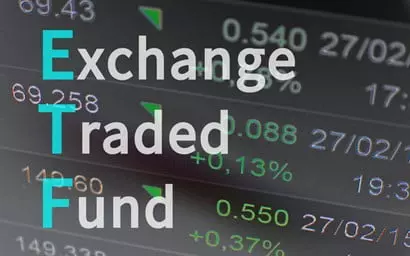From a talk by Michael Mayo
Banking has been an "industry on steroids," as front-loaded benefits and back-ended costs caused banks’ achievements to be artificially inflated, said Michael Mayo, managing director and financial services analyst at Calyon Securities.
RELATED LINKS
US Banking Like ‘Japan-Light’: MayoExecs Defend Pay, Concede Change NeededObama to Unveil Bank Fee
In prepared statements for Wednesday’s Financial Crisis Inquiry Commission, Mayo — the only banking analyst invited to speak before the congressional panel — said the U.S. is now paying the price for the industry’s mistakes, which he outlined in his testimony.
Mayo cited 10 reasons that he believes the industry has been artificially boosted:
Enhanced Performance With Excessive Loan Growth: The financial industry grew loans twice as fast as the natural rate, because banks pushed for loans that never should have been made.
Pumped-Up Profits With Higher Yielding Assets: With higher yields come higher interest rates, which means more profits for banks. The problem, however, is that higher yields also come with added risk, which gets paid later.
Side Effects Ignored With Concentration of Assets: Of the 11 loan categories listed by the FDIC, all five of the fastest-growing loan categories were related to real estate. This is as simple as the old banking adage, "Don’t put all your eggs in one basket."
Higher Dosage With Higher Balance Sheet Leverage at Banks and Brokers: By 2006, before the crisis, US banks had the highest level of leverage in a quarter century.
Investment Banks Originated More Exotic Dosages: Instruments such as collateralized debt obligations (CDOs) amplified leverage in new and untested forms. These tools were so complex that not even CEOs, directors or auditors fully understood their risks.
Consumers Went Along for the Ride: Consumer debt to GDP has reached a record level of 100 percent, versus only 50 percent 25 years ago. This created a false illusion of prosperity that allowed for the purchase of homes, cars and other items that should have never been financed or purchased.
Accountants Assisted With Performance Enhancement: In 1998, the SEC required banks move closer to a pay-as-you-go approach when accounting for losses on their loans. This caused banks to make more risky loans with better profits, but set aside less reserves for future problems.
Regulators Facilitated Performance Enhancement: Despite paying the FDIC insurance premiums for the coverage that they give on deposits, banks paid zero deposit insurance for the decade ending 2006 because the insurance fund was deemed fine. This was a ridiculous insurance model that is analogous to an auto insurance company not charging premiums until somebody has an accident.
The Government Doled Out Some of These Steroids: Government-sponsored enterprises helped to accelerate growth in housing related to securities via subsidies to banks and consumers, whose absence would have meant less of a housing bubble.
Incentives Encouraged the Behavior: The system lashed out against those whose job it is to report on the financial health of companies and the industry, in lieu of those with more positive outlooks.
The solution for the financial industry involves a three-part mix of accounting rules, bankruptcy and capital, Mayo said.
The analyst said bank regulators should take charge again and allow banks to fully reserve for their problem loans. A baseline level of reserves would be helpful, Mayo said, adding that in general regulators should stop giving so much latitude to bank accounting.
See Mayo’s Full Testimony
See Mayo’s Powerpoint Presentation
Mayo emphasized that bankruptcy is part of the U.S. financial system, for banks as well as for borrowers and others. But he added that some banks are in fact too big to fail.
Finally, Mayo said, there should never be a question of whether banks have enough capital, not even on the worst day in business history.
© 2010 CNBC.com
